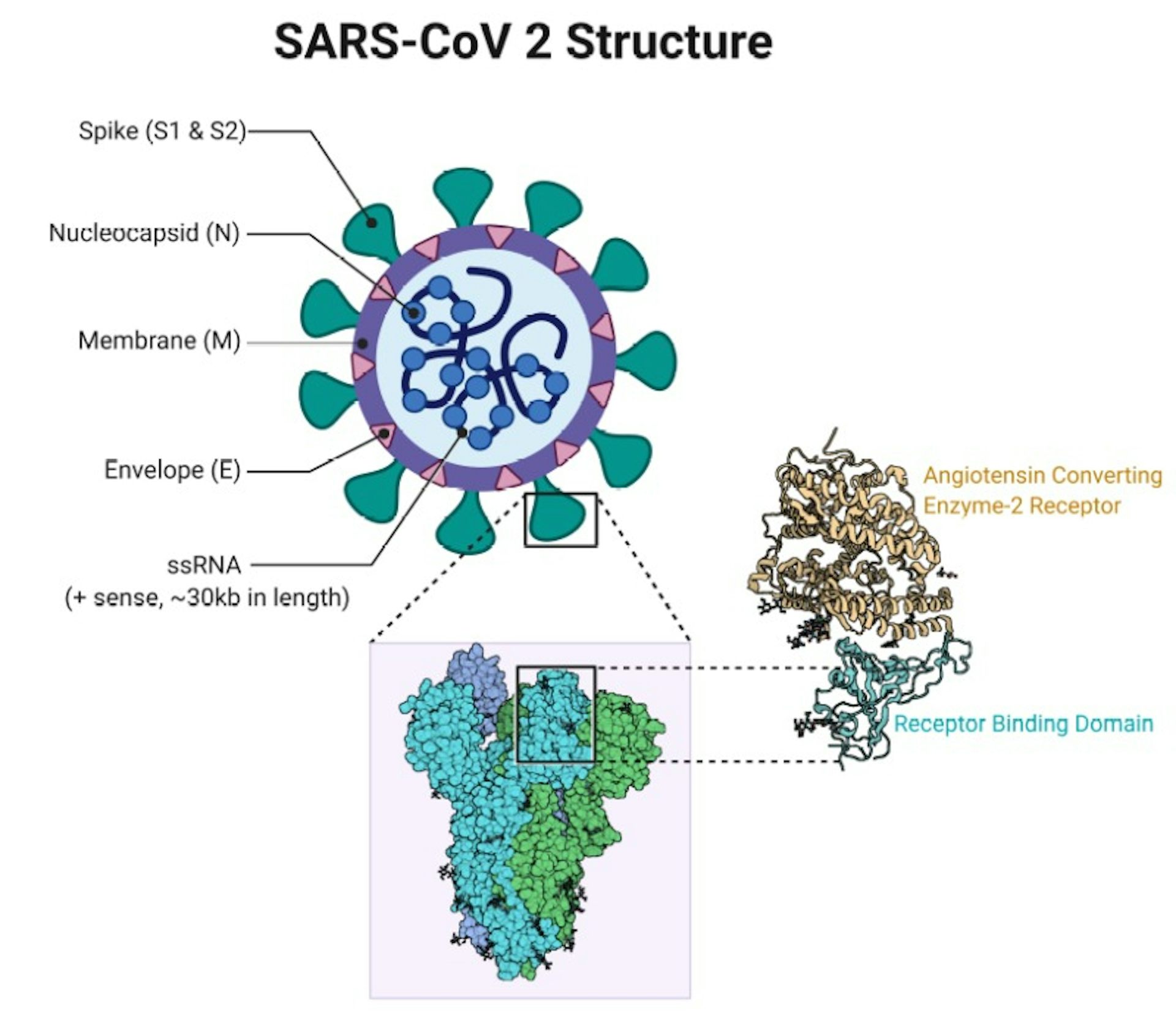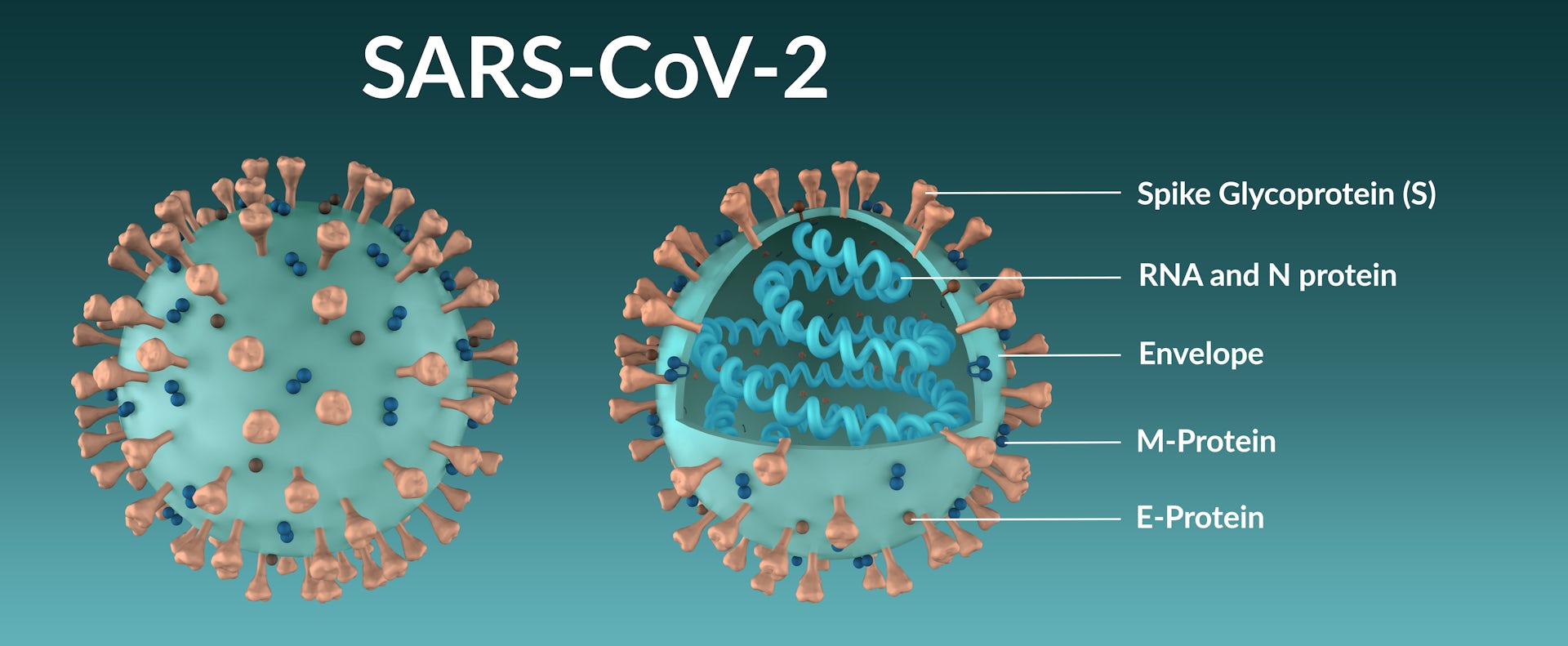

The researchers believe that the presence of SARS-CoV-2 spike protein in a majority of long COVID patients up to 12 months post-diagnosis suggests the presence of an active persistent SARS-CoV-2 viral reservoir.ĭr. Moore, professor of microbiology and immunology at Weill Cornell Medicine, who was not involved in the study, told Medical News Today. “The most logical interpretation is that spike protein in serum is a surrogate marker for a persistent infection somewhere in the body,” Dr. The long COVID ‘viral reservoir’ hypothesis The S1 subunit and nucleocapsid were detected in the blood of COVID-19 patients immediately after the COVID-19 diagnosis, but the levels of these antigens quickly dropped below the limit of detection. In contrast, the researchers did not detect spike protein in any of the patients with typical COVID-19 infection.

.jpg)
Out of the three SARS-CoV-2 antigens, the spike protein was the most common, having been detected in 60%-or 3 out of 5-of long COVID patients. The researchers found that the spike protein, S1 subunit, or nucleocapsid were present in the blood of 65% of the long COVID patients they tested, up to 12 months after their initial COVID-19 infection.

Nucleocapsid – nucleic acid (genetic material) and surrounding capsid (protein coat) of the virus.S1 subunit of spike protein – one of two subunits that make up the spike protein.Spike protein – spike-like molecules that protrude from the surface of the SARS-CoV-2 virus.They sought to determine the levels of three SARS-CoV-2 antigens: To identify a blood biomarker for long COVID, researchers at Harvard Medical School and the Ragon Institute of MGH, MIT and Harvard, analyzed blood plasma samples collected from patients with long COVID and typical COVID-19 infection over a period of 12 months. Identifying a blood biomarker for long COVID, or in other words, a biological molecule that appears in the blood of most long COVID patients, could contribute to a better understanding of the biology of long COVID.Ī new study finds evidence of a biomarker that could point toward an active viral reservoir in the body, particularly in the gut after initial SARS-CoV-2 infection.Ī preprint of the study was published on medRxiv. The underlying mechanism of long COVID is complicated. Individuals with post-acute sequelae of COVID-19 (PASC), or long COVID, have reported a range of symptoms, including, but not limited to, fatigue, anosmia (loss of the sense of smell), memory loss, gastrointestinal distress, and shortness of breath. Visit our coronavirus hub for the most recent information on the COVID-19 pandemic.Ĭurrent data from the World Health Organization (WHO) indicates that around 1 in 4 individuals with COVID-19 continue to experience symptoms 4–5 weeks after diagnosis, and approximately 1 in 10 have continuing symptoms after 12 weeks. All data and statistics are based on publicly available data at the time of publication.


 0 kommentar(er)
0 kommentar(er)
